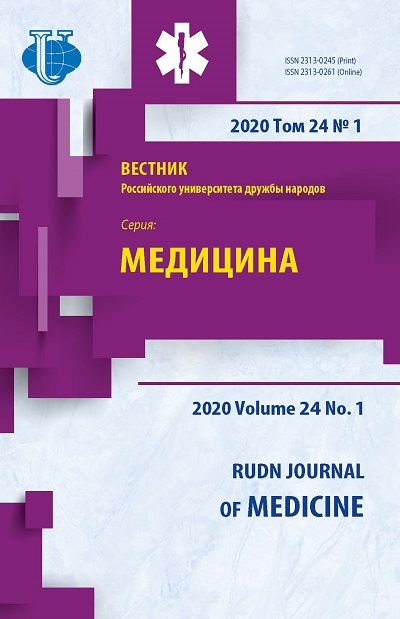Abstract
Relevance. Fixing a cleft alveolar process is one of the most complicated problems in pediatric maxillofacial surgery. The difficulty lies in the fact that bone grafting of the alveolar process directly affects the growth of the upper jaw, the difficulty of performing surgery, as well as trying to form a sufficient amount of bone regenerate, while it is necessary to restore the anatomical integrity of the alveolar process for subsequent orthodontic treatment or dental implantation. Purpose: To review the literature on the use of autografts from various donor areas in patients with congenital cleft upper lip, alveolar process, hard and soft palate. Materials and methods: A literature review of the data was carried out using the electronic databases “Medline”, “Pubmed”, “Kibeleninka”. The key words in the search were: bone plastic, cleft alveolar process. The selection criteria were the articles in English and Russian containing clinical studies on the use of various types of grafts in bone grafting of the alveolar process cleft. Results: The sources of literature on the use of various autografts for bone grafting of the alveolar outgrowth in children with cleft lip and palate were analyzed. Currently, most authors are inclined to use an iliac crest autograft in surgery. Conclusion: Although more than a century has passed since the first alveolar cleft bone graft surgery was performed, the choice of bone material is still unresolved - due to the severity of complications, the impossibility of taking a sufficient amount of bone material, as well as a high percentage of material resorption, because even with the use of iliac crest bone, the volume of transplant resorption can be over 40%.















